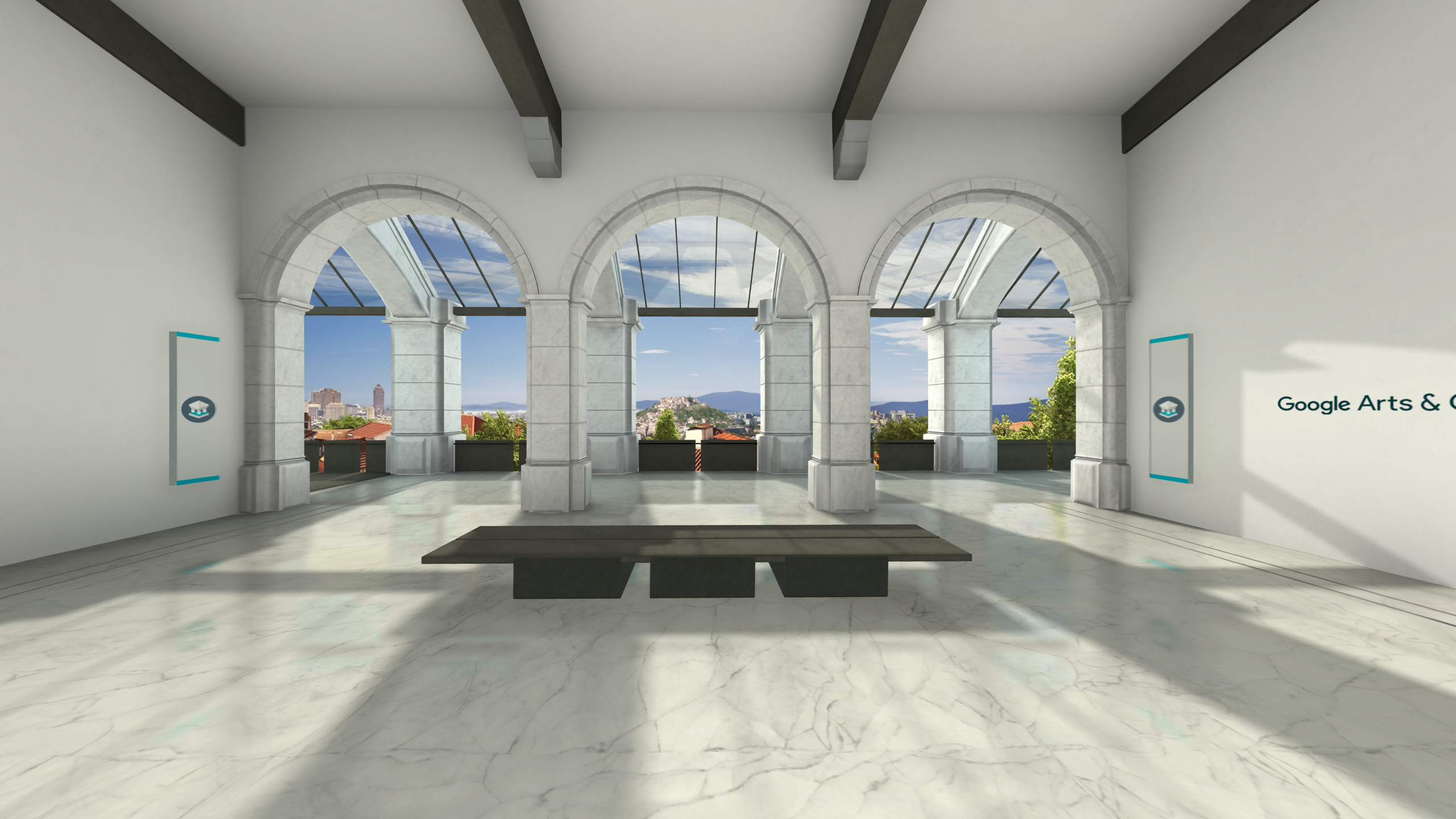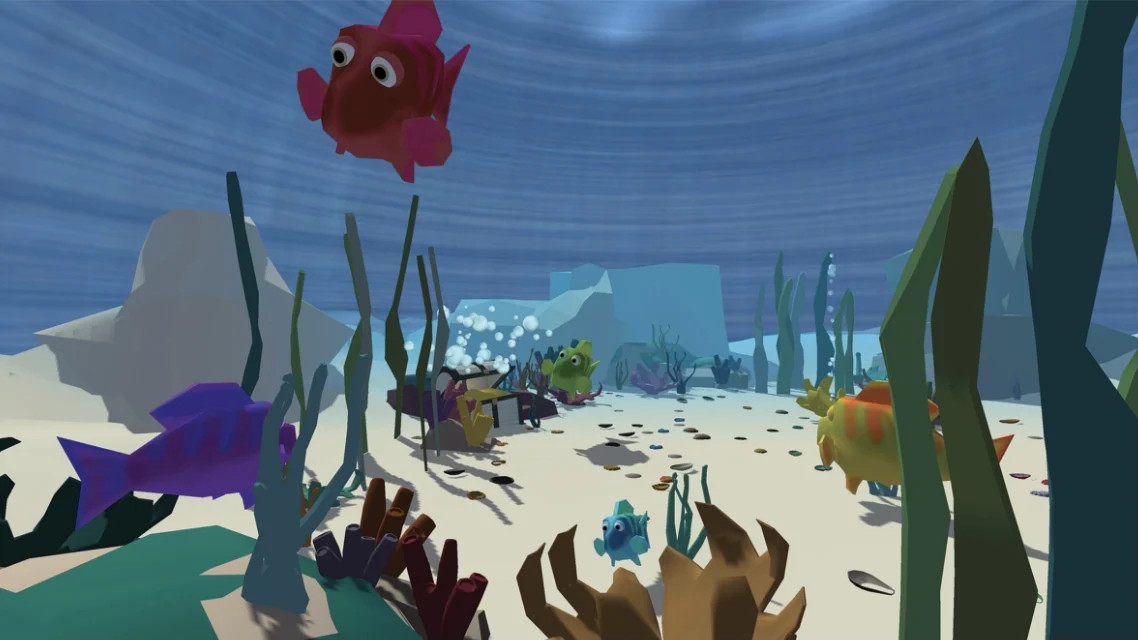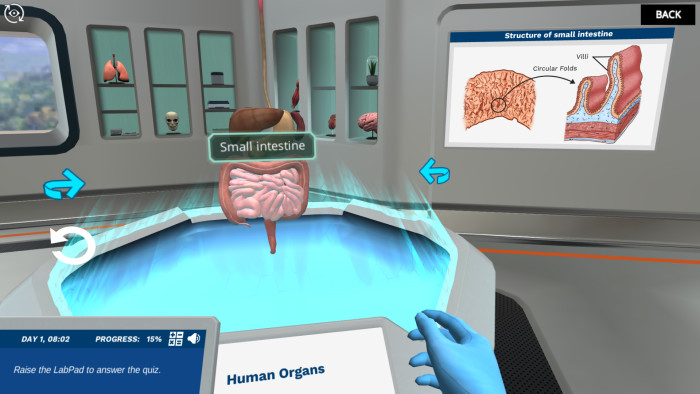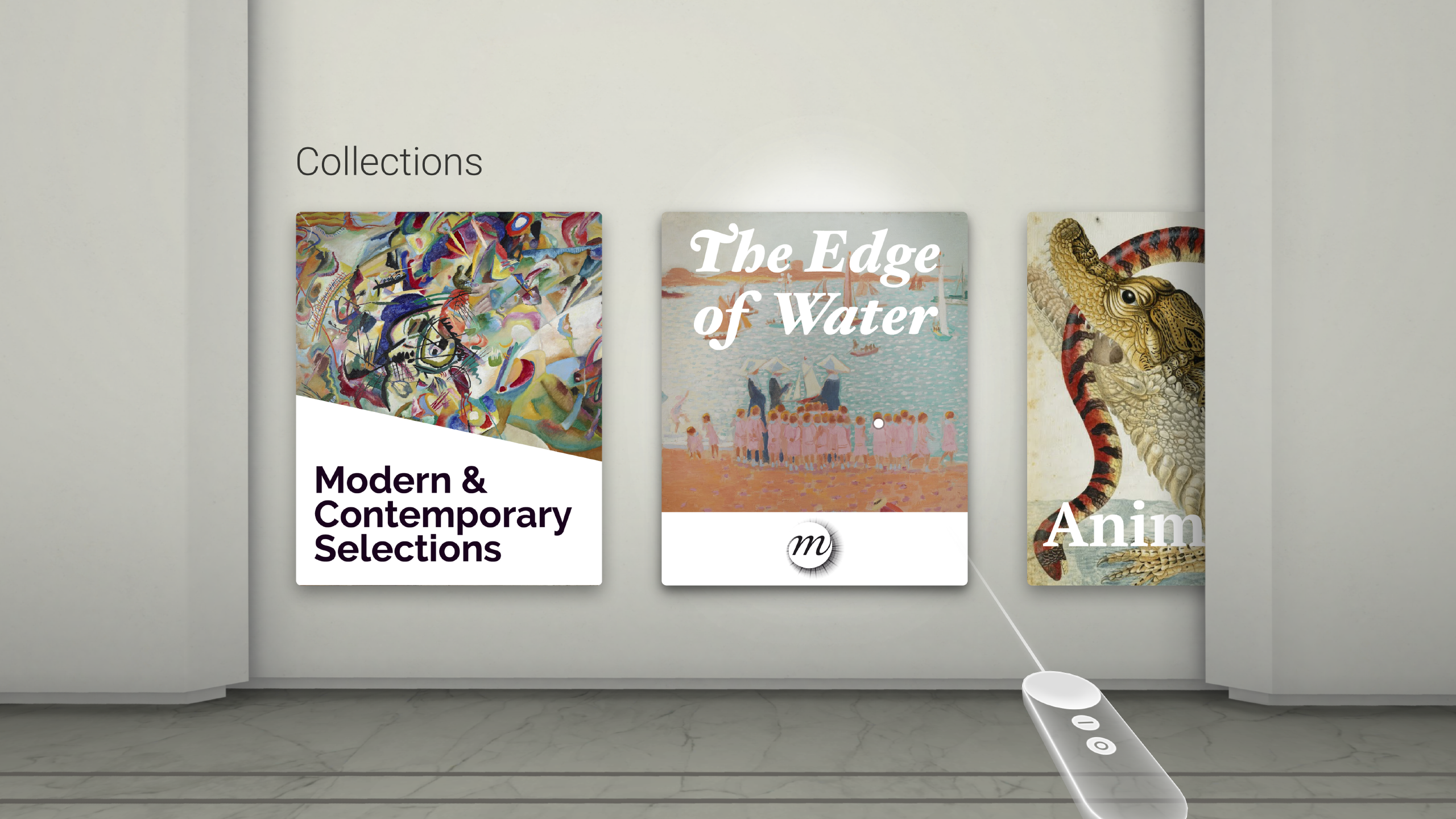Virtual Reality in Education
In recent years, Virtual Reality (VR) has emerged not just as a groundbreaking technological innovation but as a transformative tool in the field of education. By offering immersive, interactive experiences, VR is redefining the boundaries of learning and teaching. This comprehensive blog explores the multifaceted role of VR in education, highlighting real-world applications, challenges, and the future prospects of this burgeoning technology.
Understanding VR in Education
VR, at its core, is a technology that allows users to experience and interact with a simulated environment. In educational settings, this means students can explore virtual worlds, conduct experiments, and experience historical events as if they were physically present. The immersive nature of VR creates engaging and impactful learning experiences, making complex concepts more accessible and understandable.
VR in Science Education: A Case Study with Labster
One of the most significant applications of VR in education is in the field of science. Labster (Labster) provides an excellent example of this application. Their platform offers virtual laboratory simulations that allow students to conduct scientific experiments in a risk-free, virtual environment. This approach not only enhances student engagement and understanding of complex scientific concepts but also eliminates the constraints of physical laboratory space and resources.
VR for History and Cultural Education
Another area where VR is making a substantial impact is in history and cultural education. Google Expeditions (Google Expeditions) is a notable tool in this realm. It enables students to embark on virtual field trips to historical sites and cultural landmarks around the world. Through these virtual journeys, students gain a deeper understanding of global cultures and historical events, transcending the limitations of textbooks and traditional teaching methods.
VR in Special Education
In the realm of special education, VR is proving to be an invaluable tool. Floreo (Floreo) is leveraging VR to teach social and communication skills to individuals with Autism Spectrum Disorder. This application of VR demonstrates its potential to offer tailored educational experiences to meet unique learning needs, thereby fostering an inclusive educational environment.
Training Teachers for VR Implementation
For VR to be effectively integrated into educational curricula, training educators is crucial. The VR/AR Association (The VR/AR Association) offers professional development resources for educators in VR/AR technologies. This training is essential for teachers to utilize VR effectively in their classrooms, ensuring they are equipped to manage these technologies and understand the pedagogical implications.
Overcoming Challenges in Implementing VR
While VR offers numerous educational benefits, its implementation is not without challenges. The high cost of VR hardware and the need for robust technological infrastructure are significant barriers. Additionally, ensuring equitable access to VR technology for all students remains a concern. Addressing these challenges requires strategic planning, investment in infrastructure, and innovative funding solutions.
Future Trends in VR Education
Looking ahead, the future of VR in education is poised for exciting developments. Advancements in VR hardware, such as lighter, wireless headsets, and more intuitive user interfaces, will make the technology more accessible and user-friendly. Additionally, developments in VR software, including more diverse and customizable content, will further enhance the educational potential of VR.
Conclusion
VR represents a significant leap forward in the field of education. It offers an engaging and effective way to learn, transcending traditional teaching methods and reshaping the educational landscape. As we continue to explore and expand the capabilities of VR in education, it is clear that this technology is not just a passing trend but a fundamental component of the future of immersive learning.
Closing Note
The integration of VR into education is an opportunity that educators, policymakers, and EdTech innovators should actively embrace. By doing so, they can ensure that learning experiences are not only more engaging and interactive but also more inclusive and effective. VR has the potential to revolutionize education, and we are just beginning to scratch the surface of its immense possibilities.







0 Comments